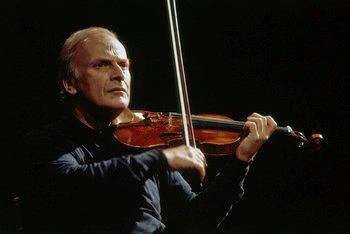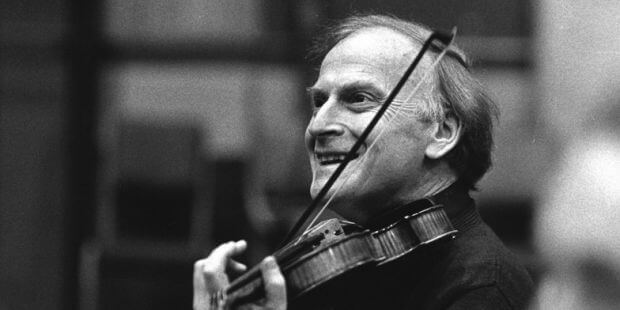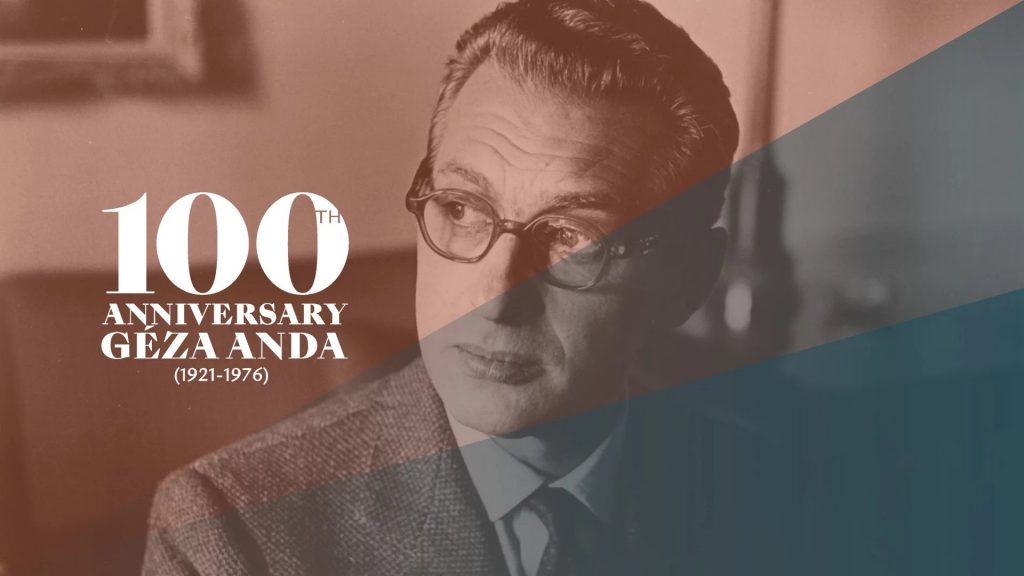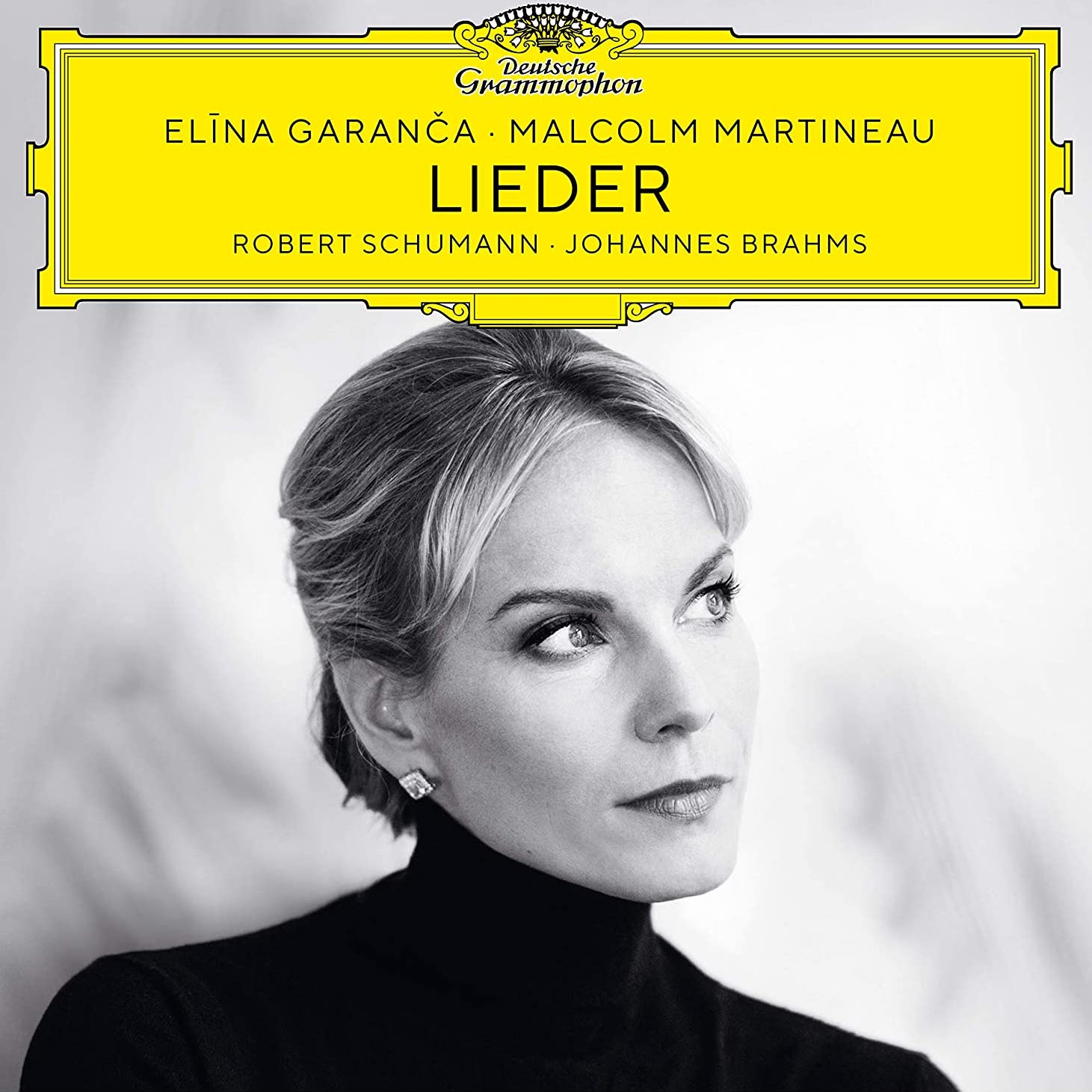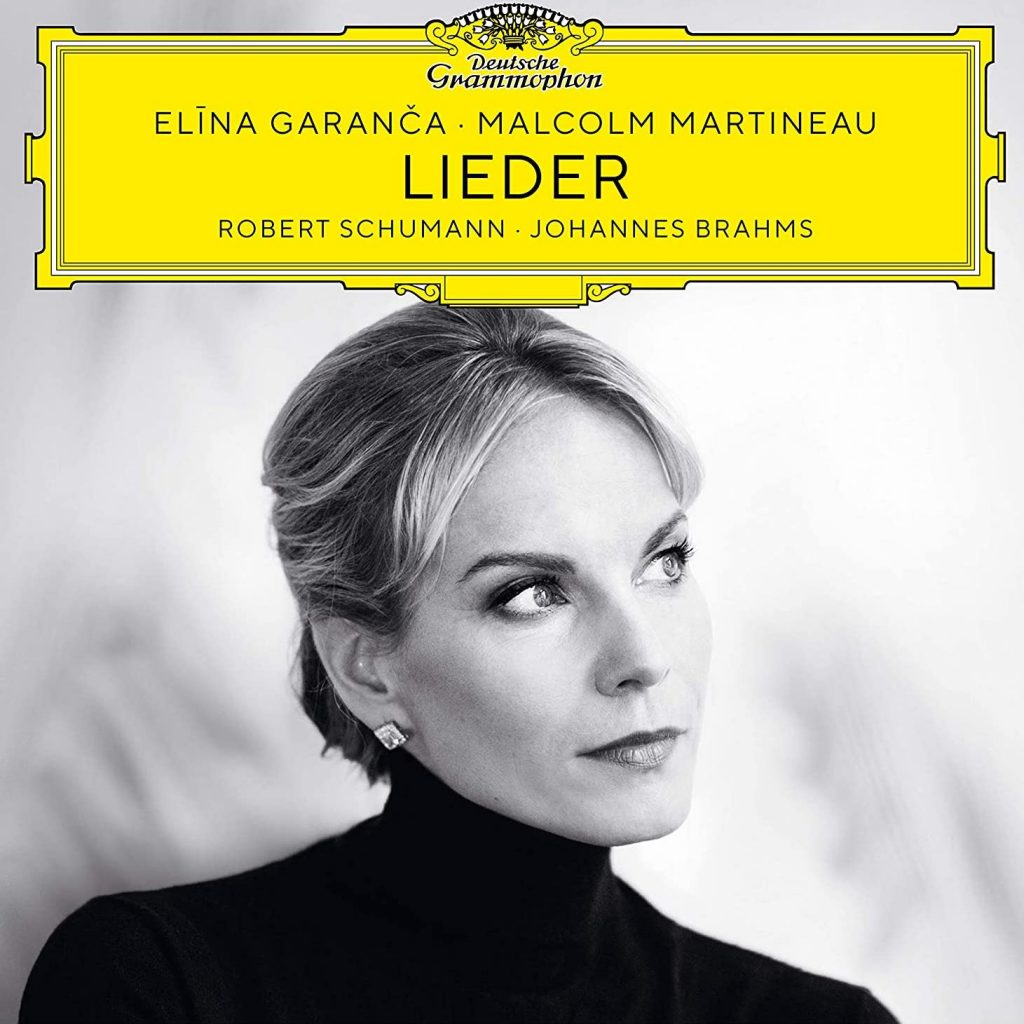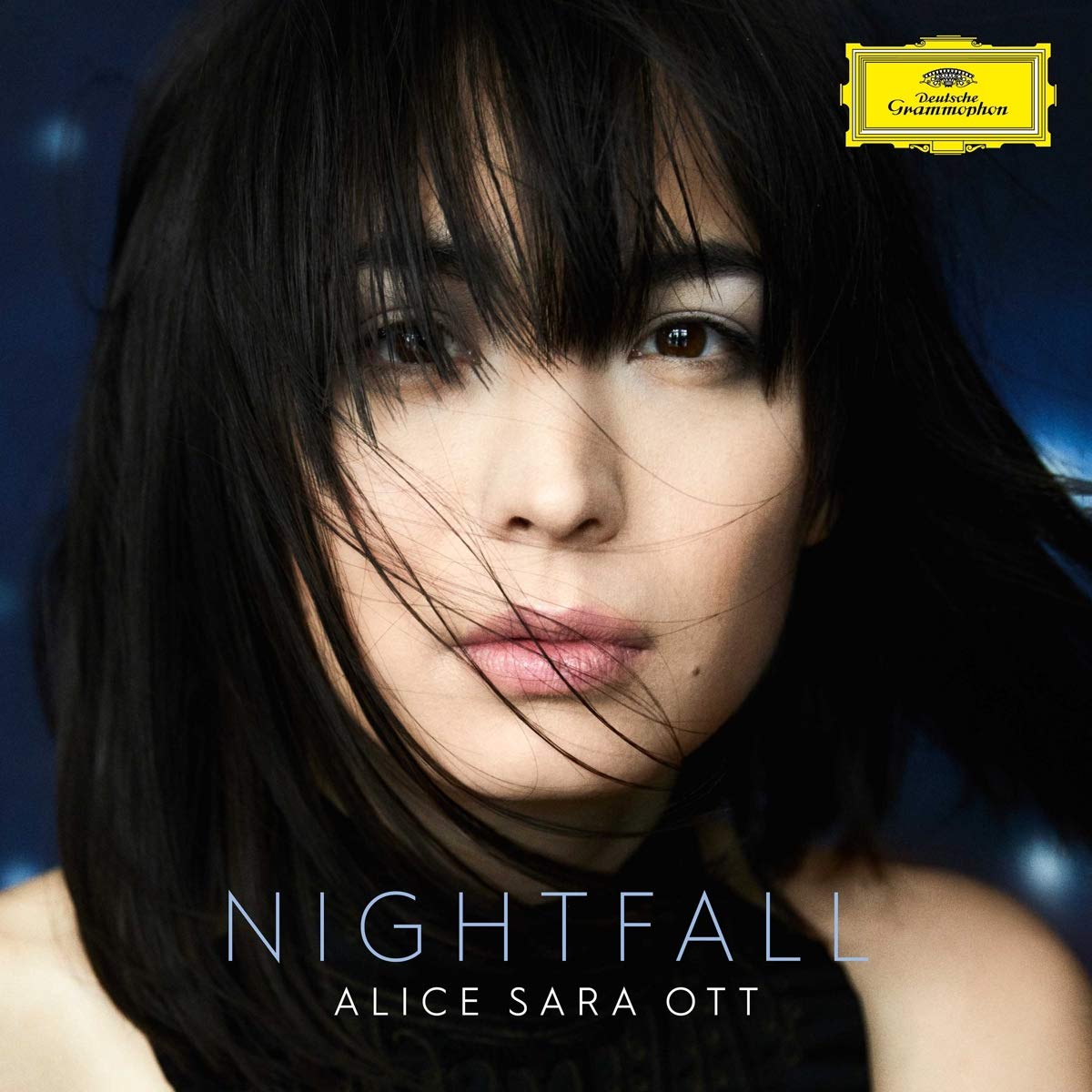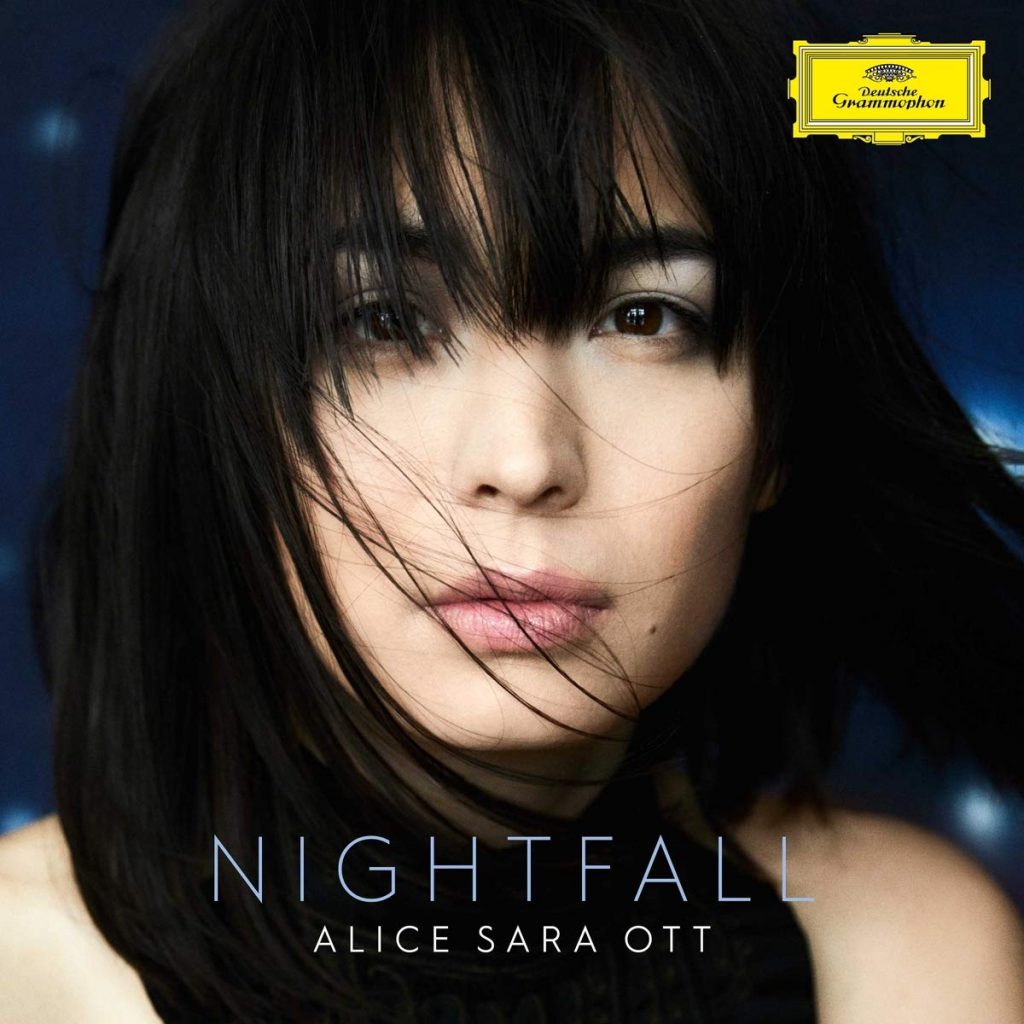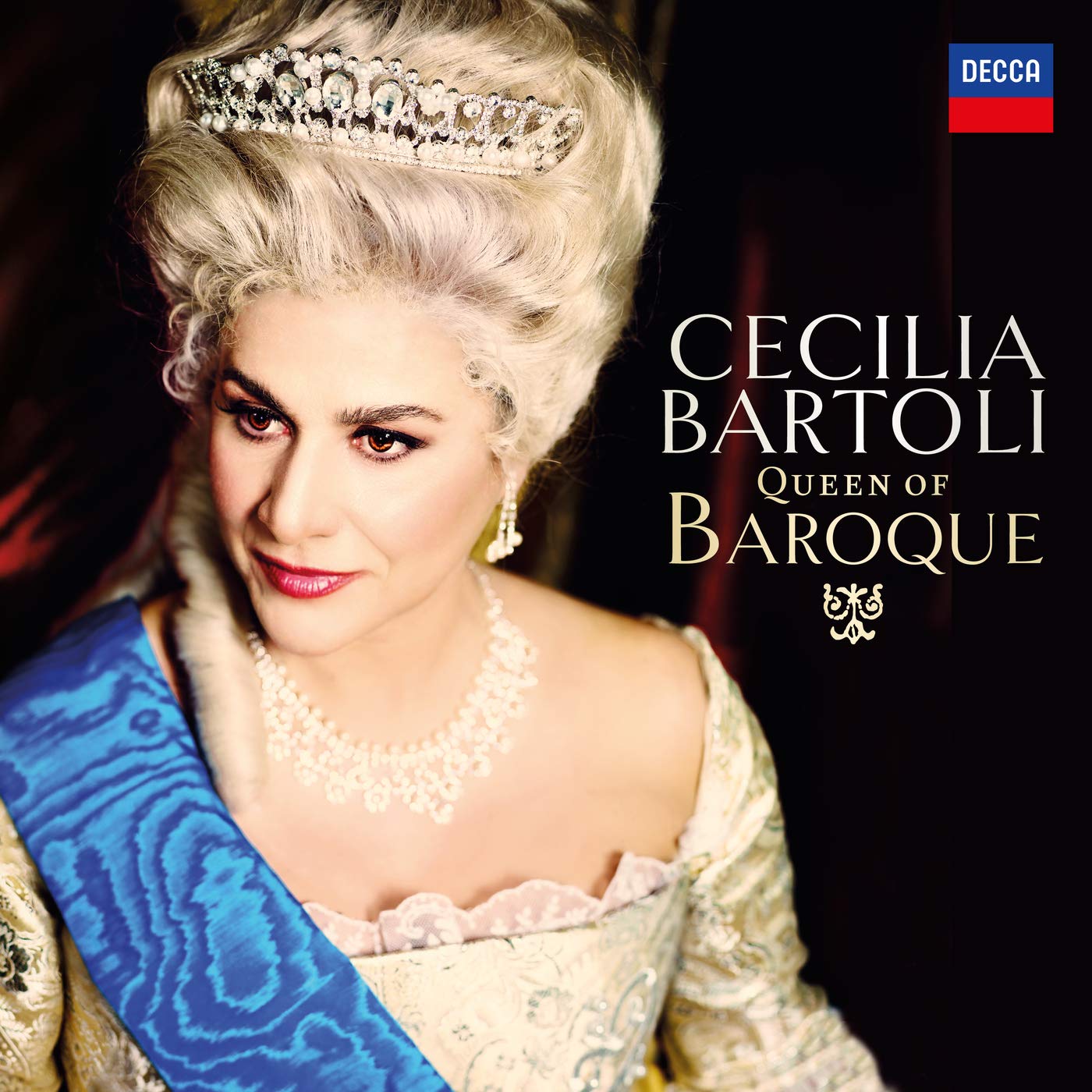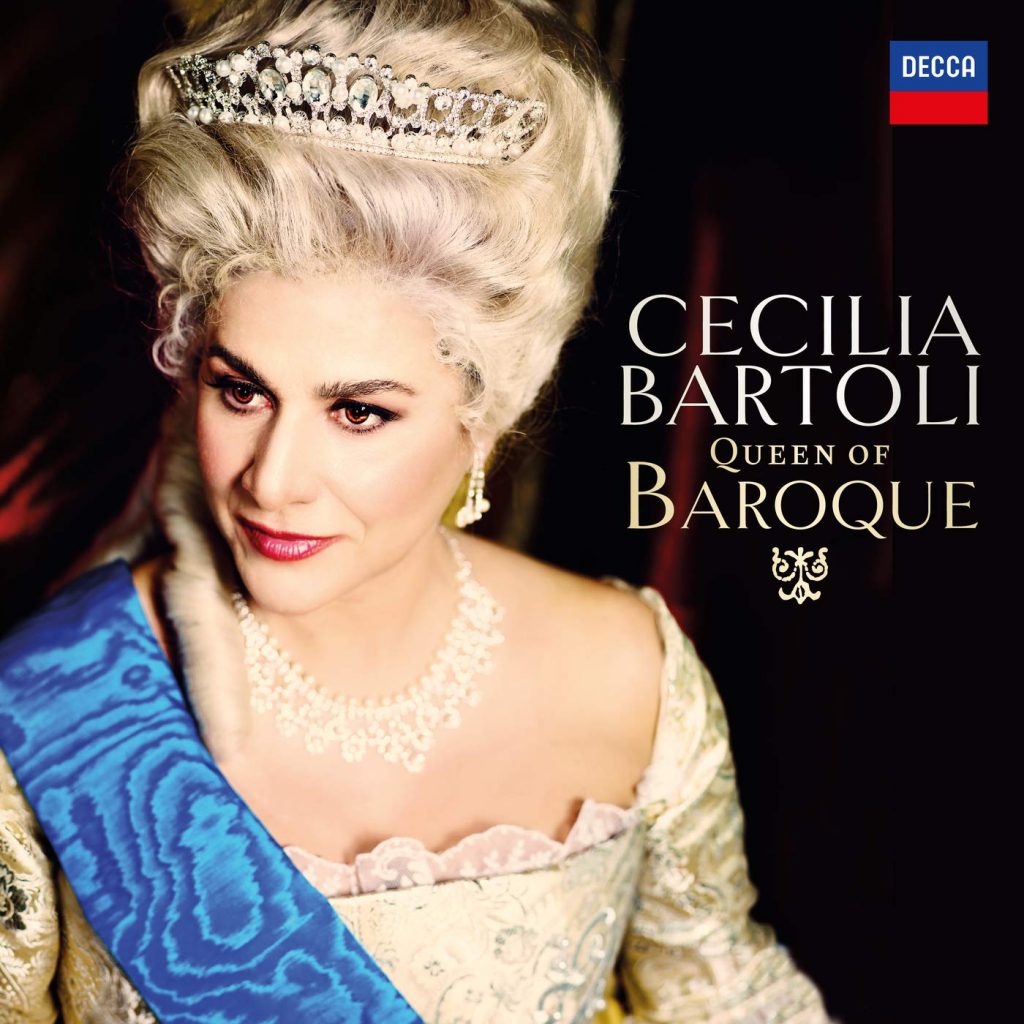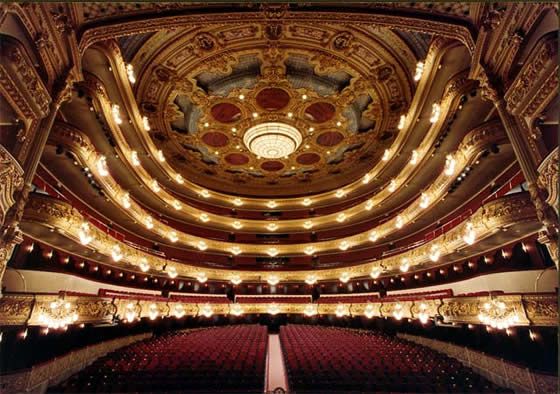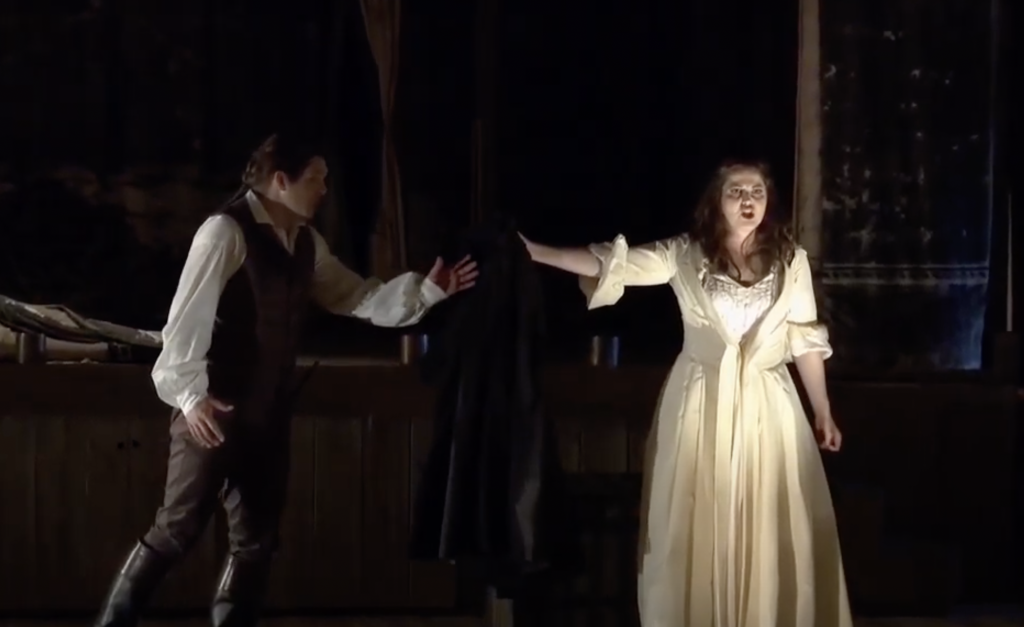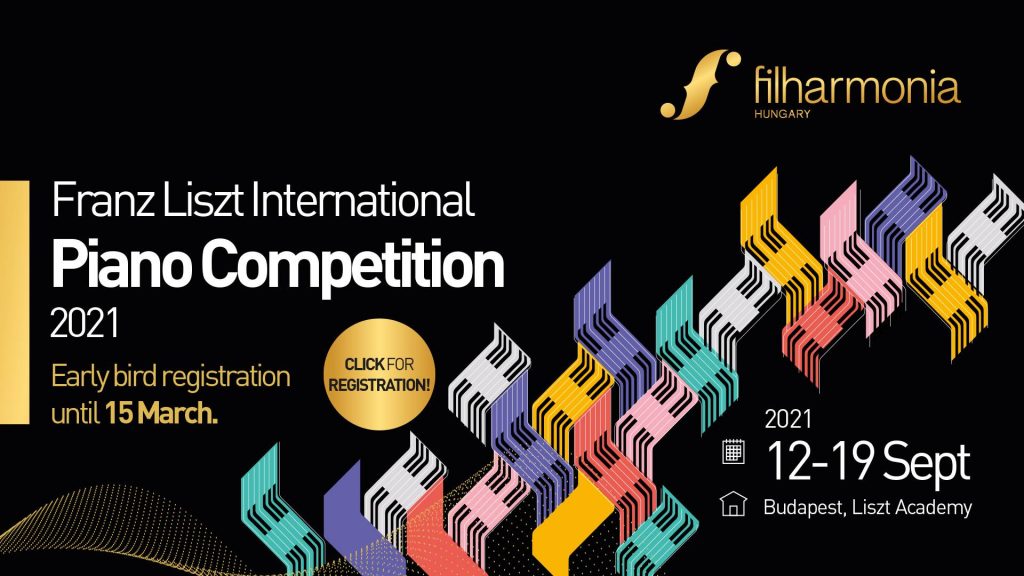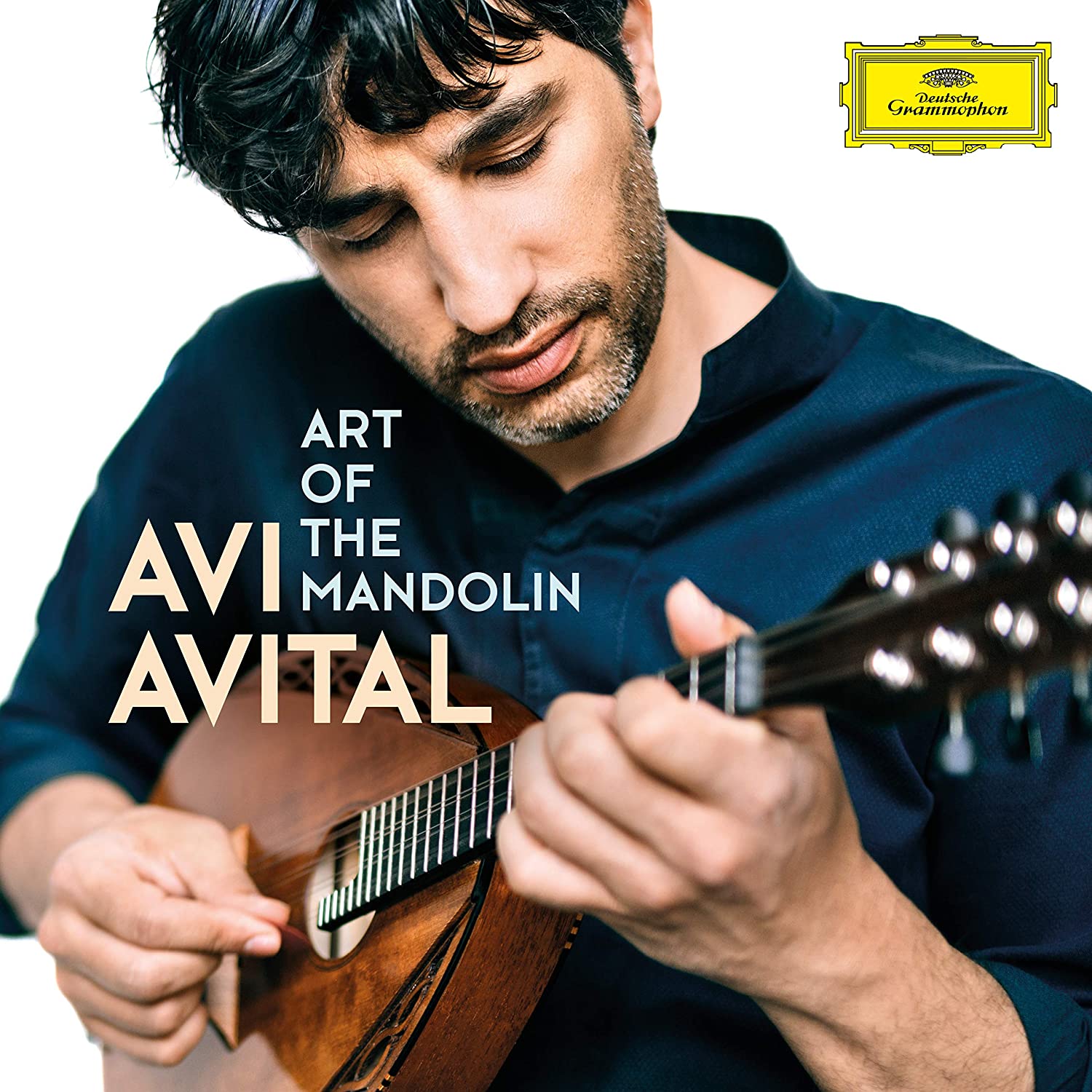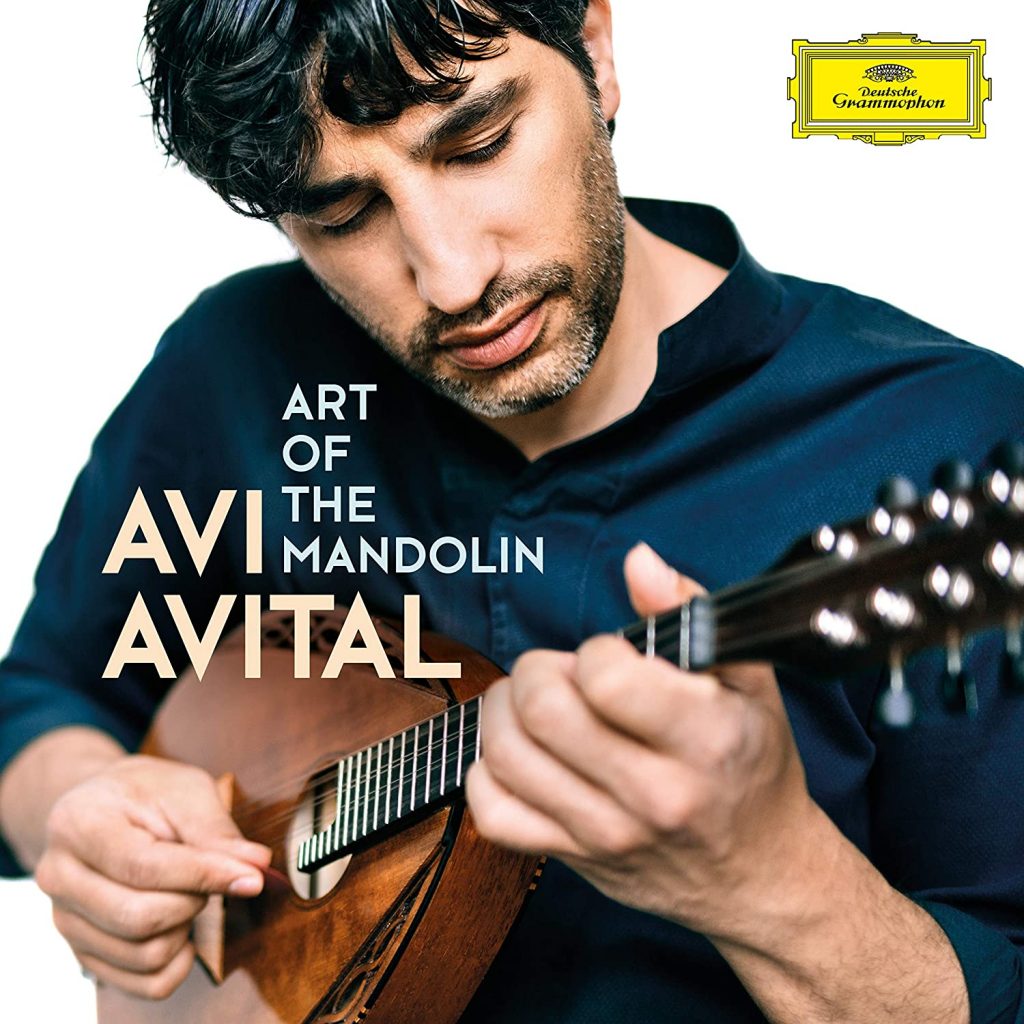The Teatro Colon
When acoustics can’t be closer to perfection
Top Classical, May 2021
This imposing building was inaugurated on May 25, 1908 with the opera Aida by Giuseppe Verdi. Its great acoustics and construction have been witnesses of countless interpretations starring the most famous artists in the opera world throughout more than 100 years of existence.
The construction of the theater took 20 years. Originally, the dome of the main hall was painted by Marcel Jambon, a French artist. The paintings were made in his atelier in Paris and depicted the god Apollo on a chariot drawn by four white steeds. That painting lasted until 1930s and in wasn’t until mid-1960s, when the dome was finally repainted. Raúl Soldi was then commissioned to decorate the dome. His work, made up of sixteen canvases covering 320 square meters, was originally made on the 11th floor of the San Martín Theater and placed on the Colón dome with a 30-meter scaffold. For its premiere, the theater authorities chose to represent “Aida”, by Giuseppe Verdi. The opera was a disaster. But a disaster on purpose: at that time, it was believed that opening a theater could attract bad luck, so the people in charge of the performance where nonprofessionals and the opening show was reported to be horrible.
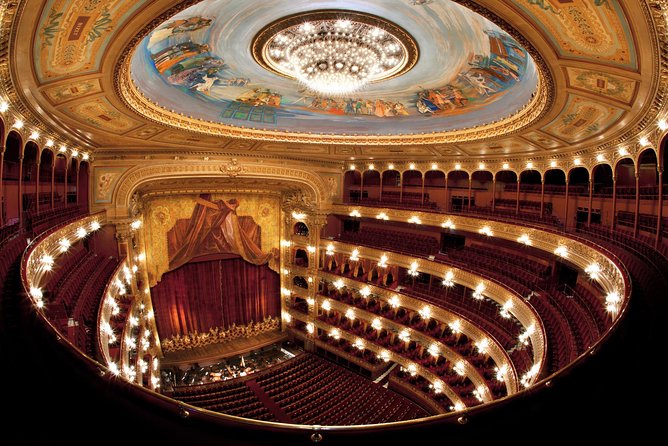
Former Argentinian President Marcelo T. de Alvear was determinate of imposing strict punctuality at the Colón. Apparently, Alvear was a regular at the theater. Until 1926, the public was not very punctual, which upset the President. So, to solve the problem, Alvear decided to stare before through his binoculars, whoever was late when they entered to the theater. Other spectators followed suit, disturbing the latecomers. And surprisingly this trick worked and changed the audience’s bad habit.
The most famous artists have made their appearances in Teatro Colon, such as Luciano Pavarotti in 1987 with La Bohème, or Martha Argerich in 1969 and José Carreras in 1973 in La Traviata. We could also highlight the concert of the Chilean pianist Claudio Arrau with the National Symphony Orchestra of 1965, the opera Carmen with the notable voices of Grace Bumbry and Jon Vickers from the 1968 season, Monserrat Caballé’s first appearance with the opera Turandot in 1965 and the debut of the Spanish tenor Alfredo Kraus in the opera La Favorita in 1967.
Between 2003 and 2010, the Colón was restored. 1500 people and $ 340 million were needed to finish the works. The greater challenge was preserving the acoustics, considered one of the best in the world. To reduce the risk of failing a private function was organized, prior to its reopening to the public on May 13, 2010, to make sure the acoustics have been entirely preserved. Luckily for its restorers, it was a resounding success.
After almost one year closed due to the Corona pandemic, The Teatro Colón experienced this Saturday January 30th 2021 an unusual premiere. For the first time in its history, one of the best opera houses in the world began to function as an auxiliary space for the health system to collaborate in the fight against the pandemic. We hope that this majestic theater will soon recover its prominent place in the classical music world and will be able to host again the most phenomenal operas with the best international elite artist.


